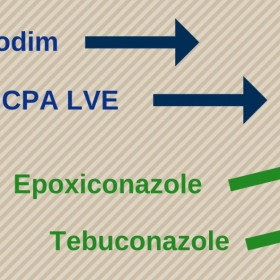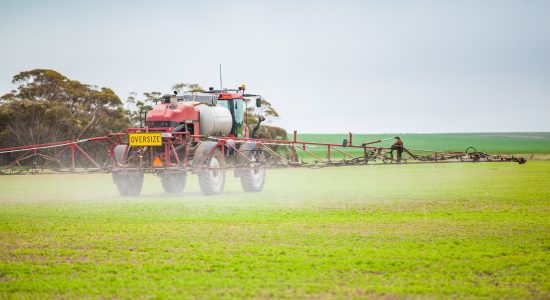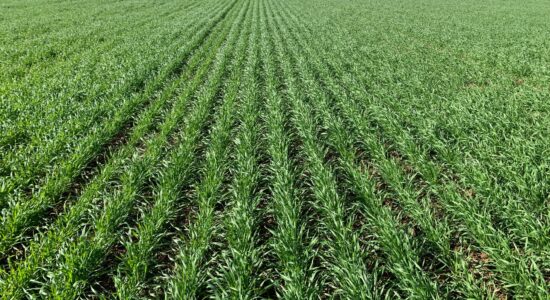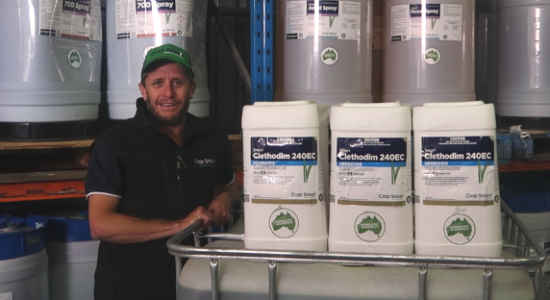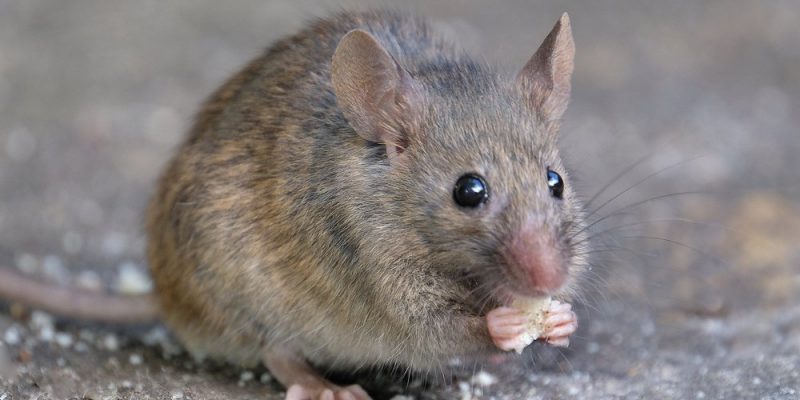
What Mice Want
Modern no-till farming systems have changed the behavioural patterns of mice compared to previous tillage-based farming. The continuous year-round ground cover has given rise to resident populations of mice that can survive in low numbers until food sources become plentiful enough for them to flourish. Dry conditions over the last 24 months have significantly reduced paddock pressure from the rodents in many areas. Before the decline in their numbers, mice were posing new issues, including reports of low baiting efficacy.
The Grains Research and Development Corporation’s major mouse-related research has been undertaken by the CSIRO and has some interesting findings; the evidence suggests that mice have a clear preference for cereals over lentils, highlighting that lentils would not make a great bait choice. Further experimentation showed that when mice were fed a background diet of wheat, barley or lentils before being offered toxic grains, the mice on the wheat diet consumed less toxic grains compared to the barley or lentil diet. Bait aversion was also discovered when mice that consumed a sub-lethal dose of toxin and survived stopped eating the toxic grain in the following nights of the experiment.
Further research is underway to gain a better understanding of mouse ecology and how mice use zero/no-till cropping systems. At this stage, using the tools that fit your farming systems are the best options. Ultimately the aim is to reduce the mice’s food and shelter, which means minimizing grain loss at harvest, grazing stubbles, summer weed control, cutting stubble short, monitoring numbers and baiting when required. Our preferred baiting option is Zinc Phosphide Trioxx Mouse Pellets at 1.00kg/Hectare for optimal results.
For more information on the trial work, go here http://bit.ly/2U6SwLA.
The Smart Agro


